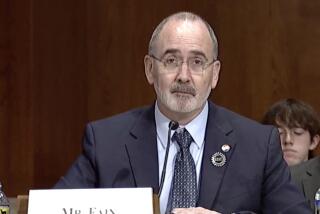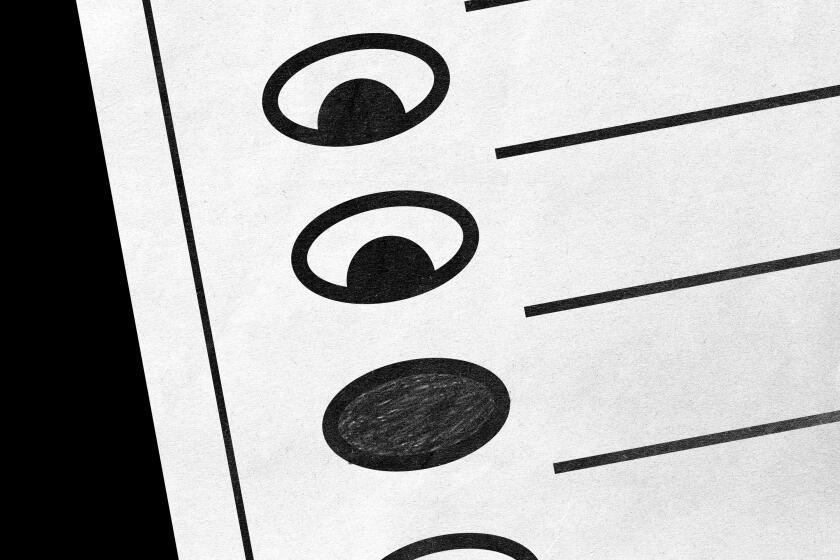Workweek Feels Longer, but Is It Really?
WASHINGTON — Are Americans overworked? Political leaders from both the major parties seem to think so.
“I don’t know a mom today who isn’t being stretched to her limit trying to hold down a job while trying to hold down the fort too,” said Rep. Susan Molinari (R-N.Y.) in her keynote address to the Republican convention in San Diego.
At the Democratic convention in Chicago, Rep. David E. Bonior (D-Mich.) worried that “somewhere in America tonight there is a father who got up at 5 this morning, who helped get the kids ready for school, who worked hard all day, and who missed soccer practice one more time because his family needs the overtime pay to make the bills.”
Americans themselves appear to agree. An NBC News/Wall Street Journal survey conducted earlier this year found that 59% of those questioned described themselves as busy, while 19% said life had become busy to the point of discomfort.
But the statistical evidence for all this concern about working too hard is somewhat elusive. Some data support the image of an overworked America. But one index suggests the average American is actually working fewer hours.
*
The number of hours worked each week by the average worker has declined steadily over the last three decades, according to data compiled by the Bureau of Labor Statistics. The length of the average workweek dropped to 33.3 hours last year, down from 37.7 hours in 1959.
Many economists regard this as an unsatisfactory measure of how long Americans are working because the “average” workweek has been muddied by a variety of recent transformations in the composition of the labor force. Among them are a surge in the number of working women and a rise in the number of Americans holding down two or more jobs at once.
Those and other changes have pushed up the number of part-time workers the government now counts as part of the total labor force--which has the statistical consequence of dragging down the figure for average hours per worker.
Other government data, however, seem to support the thesis that Americans are overworked. These figures indicate that the number of hours worked relative to the size of the population has actually increased, albeit slightly.
*
But this may reflect another structural shift in the economy, as families increasingly pay outside specialists to perform household services--caring for children, cleaning the house, mowing the lawn, preparing meals--that they traditionally performed themselves. Under the government’s accounting system, these tasks are counted as “work” when handled by outsiders but not when done by family members--a distinction undoubtedly lost on Mom, Dad, Grandma or Grandpa.
For middle-aged workers in full-time occupations, there is some evidence that work is swallowing up more of their free time. Among men between the ages of 25 and 54, the percentage of those working more than 41 hours a week rose from 36% in 1976 to 43% in 1993.
Similarly, among full-time working women of the same age--a rapidly growing group--the share of those working 41 hours or more jumped to 22% from 13%, according to the BLS.
*
Notably, although the image of work-harried parents seems to have gained political salience in this year’s election, most of the big increases in hours logged by full-time workers came in the 1980s, as women increased their participation in the work force--a trend that largely ran its course by the end of the decade.
The big increases in work hours came in the 1980s, not in the last few years, said Lawrence Mishel of the liberal Economic Policy Institute.
“People are stretched, and more family members are working . . . but the fact is that the big growth (in hours worked) was between 1979 and 1989, and we’ve maintained that and increased it a little in the 1990s.”
More to Read
Get the L.A. Times Politics newsletter
Deeply reported insights into legislation, politics and policy from Sacramento, Washington and beyond. In your inbox three times per week.
You may occasionally receive promotional content from the Los Angeles Times.










